Lethal Myocardial Infarction in a Neonate During Extracorporeal Membrane Oxygenation
This case study explores a neonate with congenital diaphragmatic hernia (CDH) who experienced a lethal myocardial infarction (MI) while on extracorporeal membrane oxygenation (ECMO). The patient developed a large thrombus extending from the arterial cannula into the left main coronary artery, leading to severe cardiac dysfunction. Despite anticoagulation efforts, the clot progressed, resulting in a fatal outcome. The study highlights the challenges of managing neonatal ECMO and intracardiac thrombosis.










